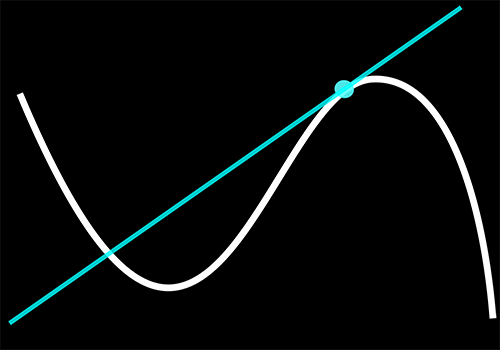
Formally stated, the derivative of a function of the form
with k a constant and with respect to an independent variable x, is simply,
I find this to be extremely handy in all cases. Consider the simple case in which,
In the same way,
In a more complex example,
In an even more complex example,
How about this one?
Unbelievably powerful!

